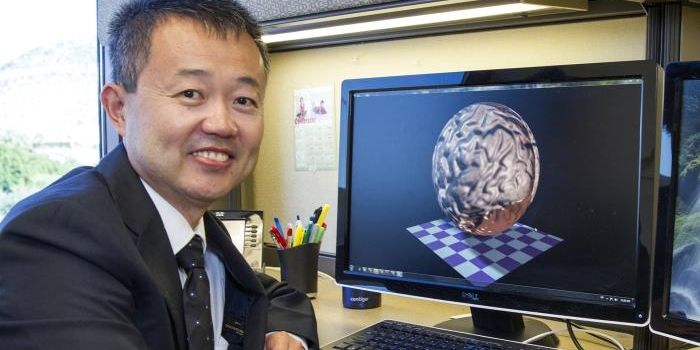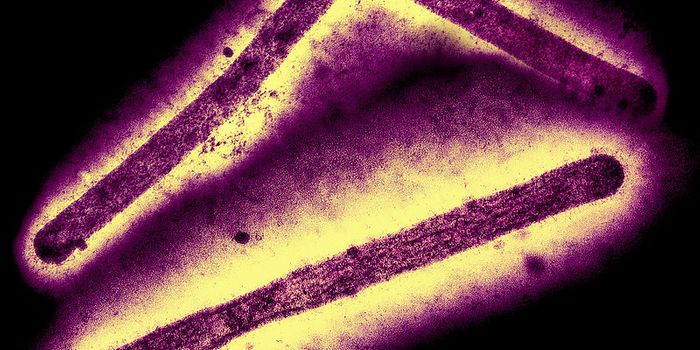Scientists Develop a Gene Therapy That Safely Targets the Brain
Some diseases are caused by errors in the sequences of particular genes. These diseases could be cured, if there were reliable ways to send reagents that could correct those errors into the nucleus of different cells, where the DNA is located. But that is a challenging problem that scientists have been trying to solve for many years. One potential solution comes in the form of viruses that can infect cells and enter the nucleus, but which don't cause illness. However, these engineered viruses also have to target the right cells, and efficiently edit the genome once they are in the right place. Undesired effects from these viruses can pose significant challenges.
Researchers have now created a new method in which viruses that carry gene-editing reagents can target the cells in the brain without also causing bleeding. This approach uses a delivery system that can be injected into the bloodstream, and bypasses the blood-brain barrier. The work has been reported in Nature Communications.
"A commonly used alternative is to drill a hole in the skull and insert a needle into the brain, but that surgery is invasive and carries its own risks," explained senior study author Jerzy Szablowski, an assistant professor of bioengineering at Rice University.
While there are some adeno-associated viral vectors (AAVs) that can move past the blood brain barrier after focused ultrasound is applied, these typically have low efficiency, and sometimes enter other tissues.
In this study, the investigators looked for modifications that could be made to the vector's coat that would improve delivery in areas of the brain where focused ultrasound was applied, as well as lowering entry into the liver (a common issue with vectors).
The team injected about 1.3 billion variations into mice, and used focused ultrasound to boost delivery into specific regions.
"By extracting the vectors that made it into the brain, we discovered thousands of promising candidates," explained first study author Richard Li.
After the candidates were identified, further testing was performed to show that these vectors enhanced delivery to the brain and reduced liver targeting. Delivery to the brain was improved roughly 1,000-fold compared to current AAV vectors that are applied without focused ultrasound.
"This is an important improvement because higher liver transduction can limit toxicity, and the improved efficiency of brain delivery means that lower doses of vectors are required, potentially reducing the cost of gene therapy," said Szablowski.
Sources: Rice University, Nature Communications









